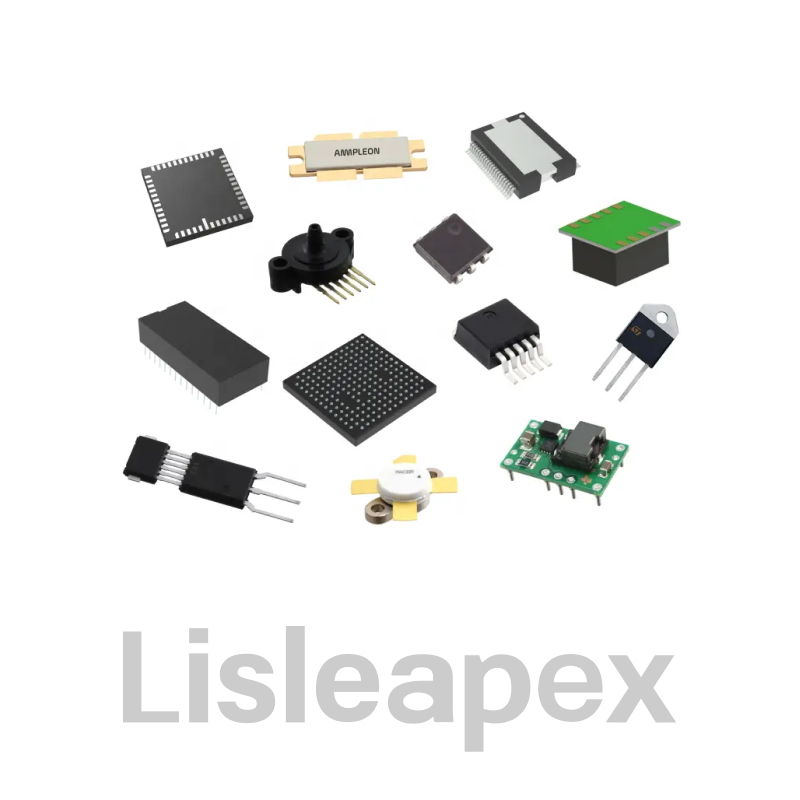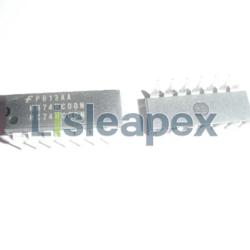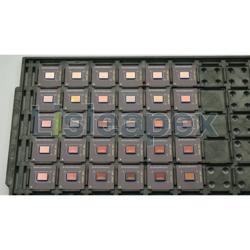During the qualifying race of the E-Class Formula held recently in Portland, Oregon, the DS Penske team was fined €25,000 for secretly installing an RFID scanner at the entrance of the maintenance station.
International Automobile Federation (FIA) officials stated that the scanner was capable of collecting data from other race cars and providing an advantage to the team. As a result, the team's drivers, Stoffel Vandoorne and Jean-Éric Vergne, were also penalized with a start from the pit lane, meaning they had to wait at the end of the pit lane until all other cars had passed before joining the race.
FIA officials provided an explanation for the penalty in an email to The Verge:
According to the Technical Delegate, the competitors installed an RFID scanning device at the entrance of the maintenance lane, which allowed for real-time data collection from all vehicles. Firstly, it is prohibited to install or place any equipment on the competitor's maintenance lane. Secondly, gathering data through this method provides a significant and unfair advantage to the competitors. Considering all circumstances, the imposed penalty is deemed appropriate.
According to an article from Tyrepress in 2014 (https://www.tyrepress.com/2014/01/formula-e-tyres-to-feature-rfid/), RFID chips have been used in the E-Class Formula tires of this young racing sport primarily for tracking tire conditions, including temperature and tire pressure, while encouraging their efficient use.
In the 2023 season, the E-Class Formula has shifted to a new "Gen 3" car design and a new tire manufacturer, Hankook iON, after switching from Michelin. An offseason test report by Motorsport.com discusses the challenges faced by the teams and explores the potential reasons why Penske may have attempted to gather data from the entire circuit.
In the 2022-2023 season, the series secured sponsorship from Hankook Tires. A report by Racing Sport highlights the challenges faced by the drivers with the Hankook tires, considering they had been accustomed to using Michelin tires in the previous eight seasons.

 Congratulations On Your Successful Submission
Congratulations On Your Successful Submission
 Submission Failure
Submission Failure













